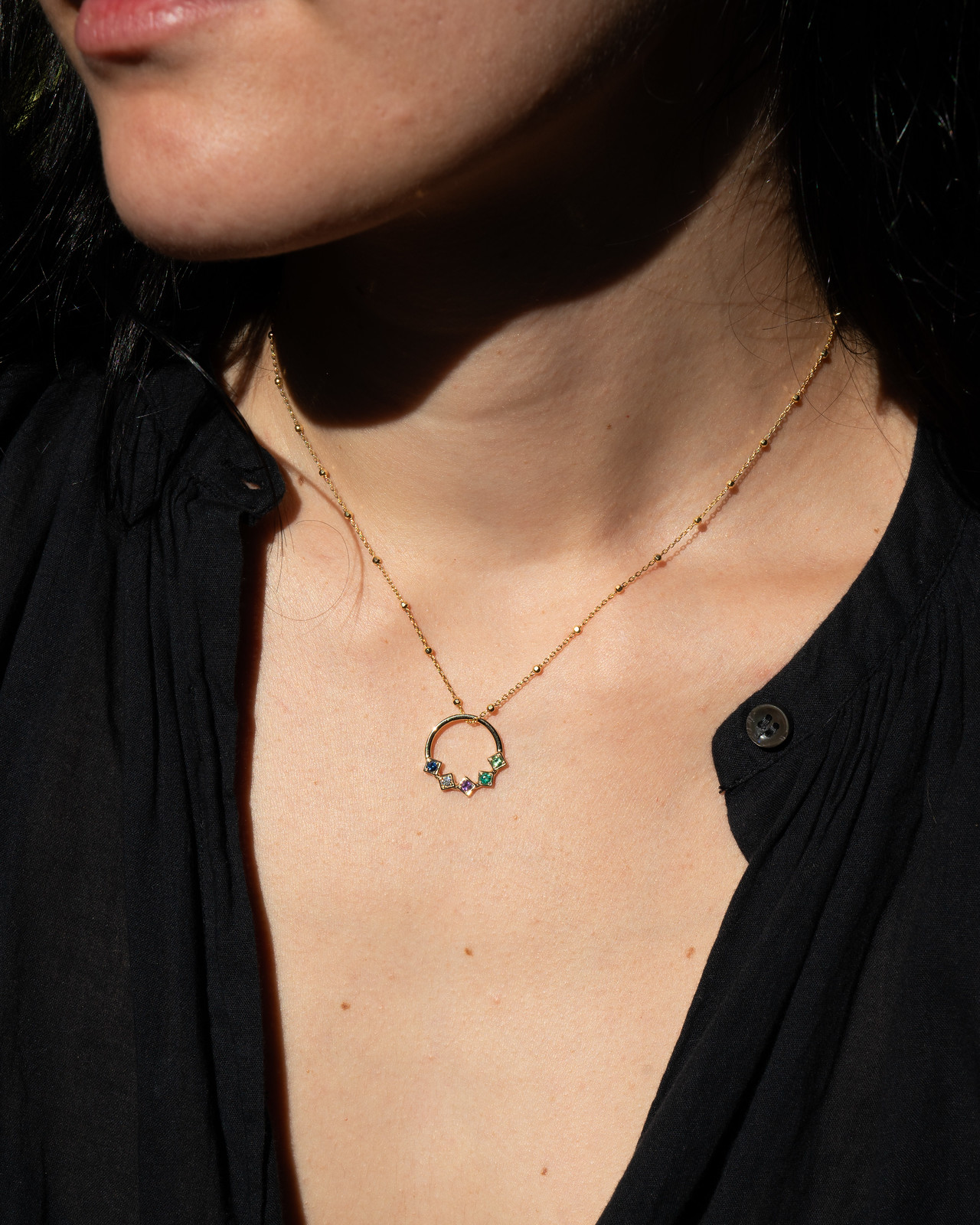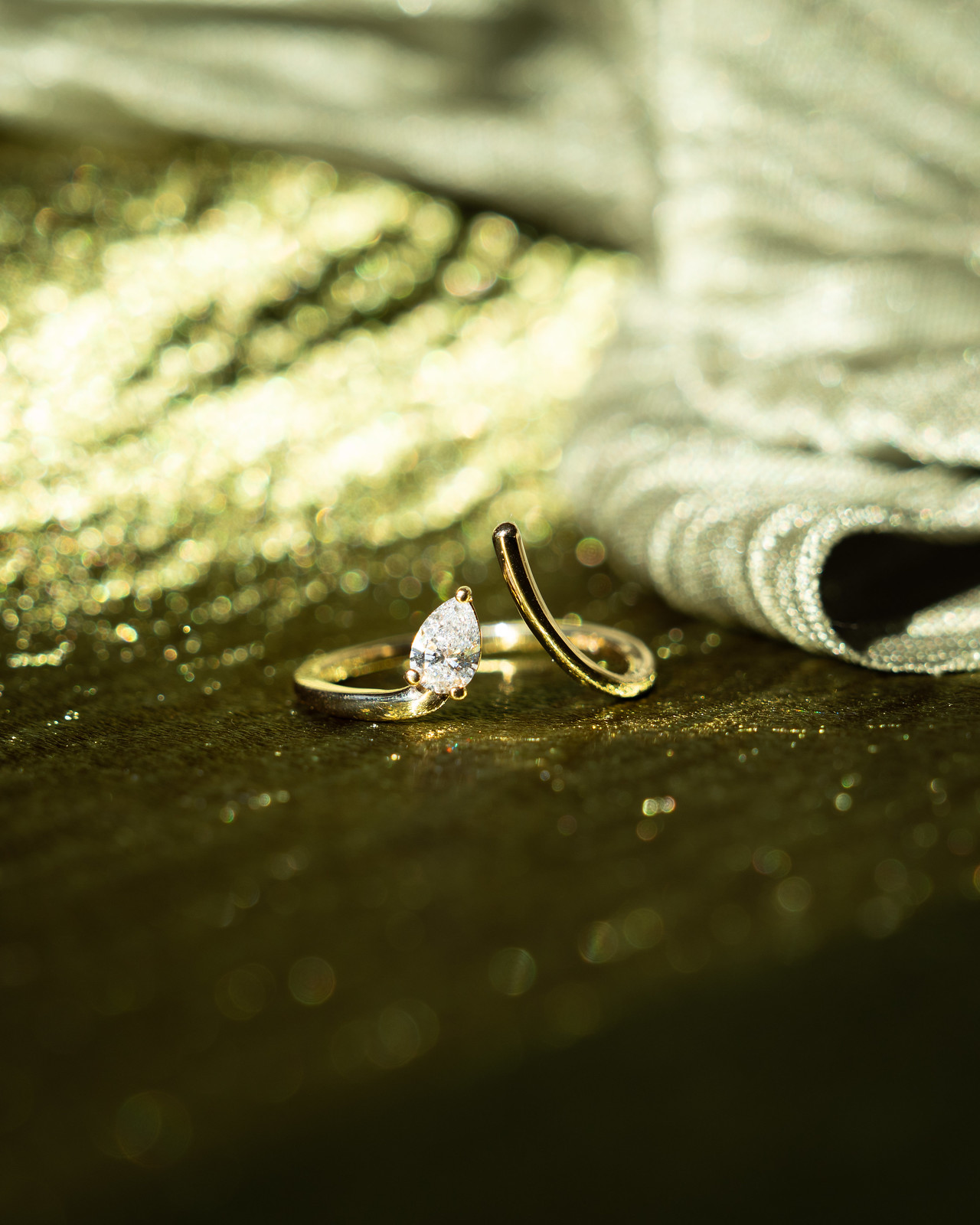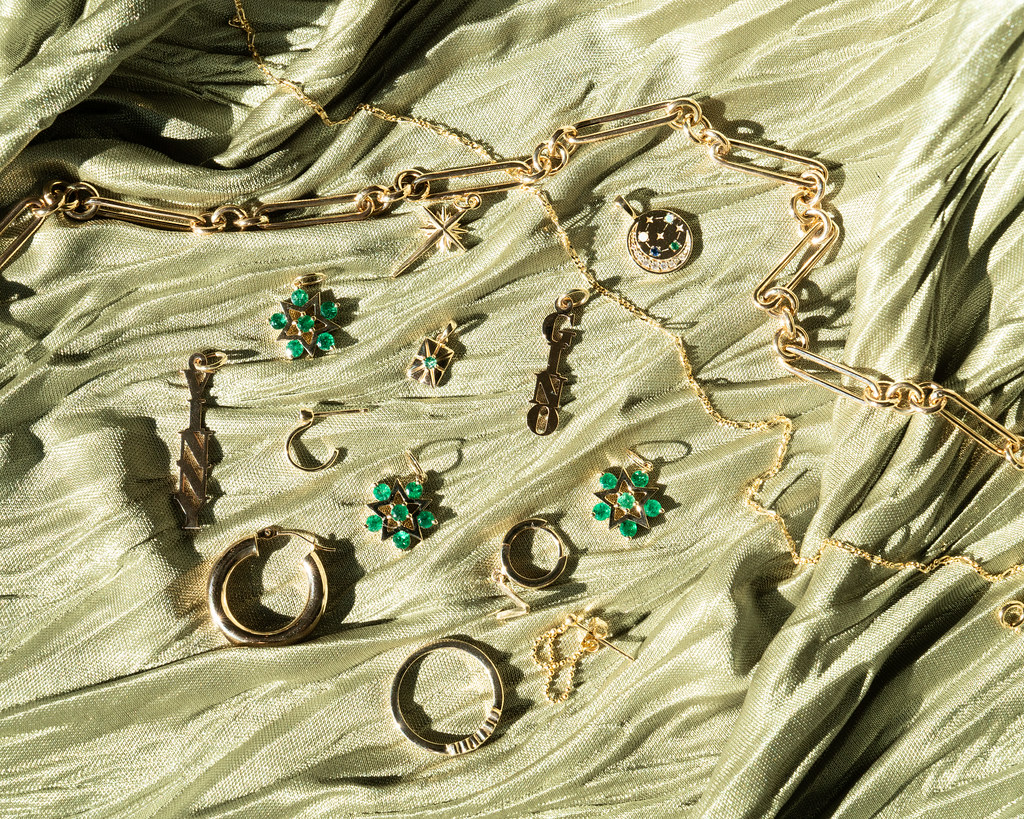#Gem #Gossip #Launches #shopGemGossip #Gem #Gossip #Jewelry #Blog
>



I haven’t said hello on here in a long time, so first off HELLO! I wanted to inform everyone that shopgemgossip.com has launched and if you haven’t already, check it out and let me know what you think!
After years of selling fine and antique jewelry via Instagram, I thought an e-commerce website was necessary. It was always on my to-do list, but it continually got pushed down toward the bottom every week. Finally after my second son was born, I decided that it was now or never. I stopped making excuses and just did it myself. Paying someone to make an e-commerce website was such a staggering thing to tackle. I had so much built-up anxiety over it. So it was a sign from the universe to take things into my own hands and do it all myself. It honestly made it even more special and I’m so very proud of it!
This website will serve up some of the best pieces of jewelry, including staples you’ll wear nonstop, sweet sentimental pieces, commemorative jewels for your favorite occasions and much more. I scoped out pieces that were missing from my own jewelry collection and I know I’m doing something right because every time I leave the house, I am wearing several pieces from my website. Hope you’ll find something you love! Or better yet, something to gift every holiday season.
xoxo Danielle




